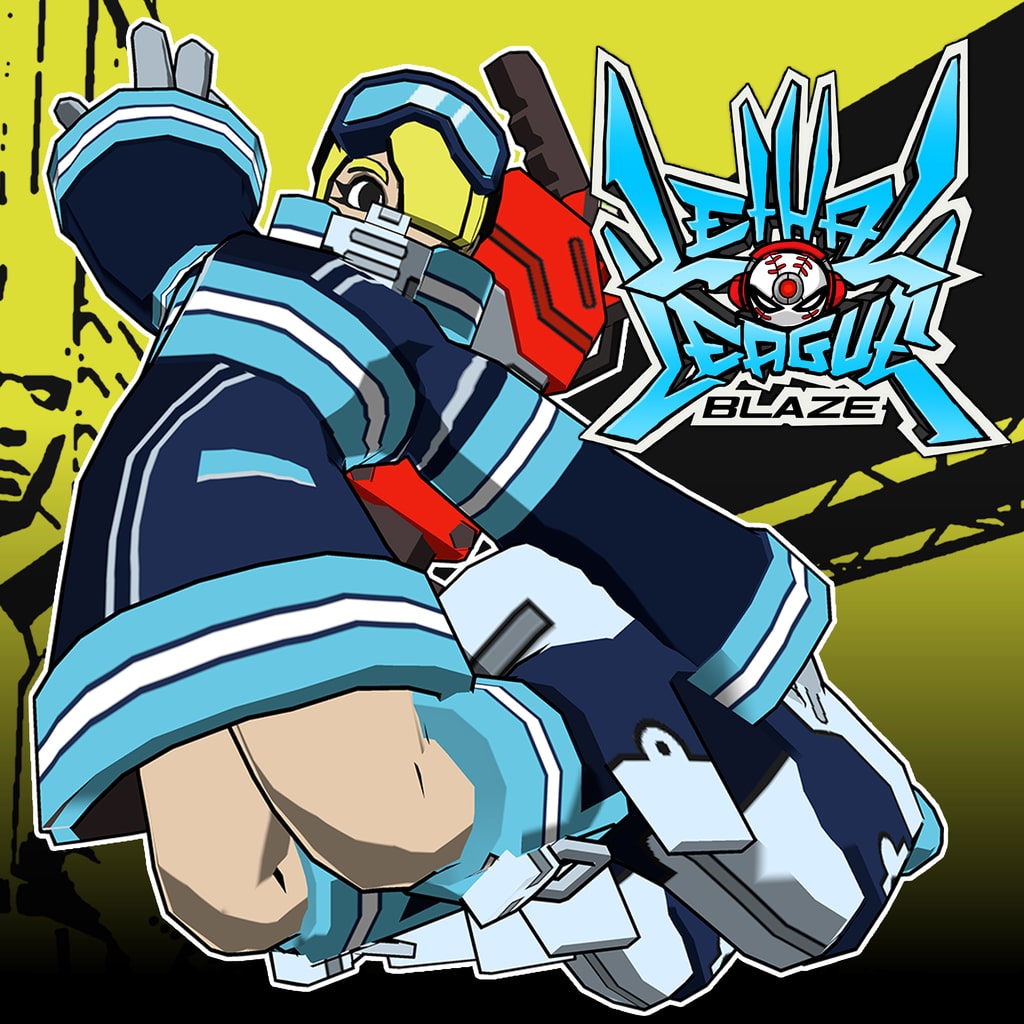

If you go to any reputable arcade with Fighting Games, you'll often see many people playing them. Multiplayer has been the meat and potatoes of most any modern Fighting Game pretty muich since the inception of the genre. Some games have it both ways.īut while single player modes are an essential part of fighting games (and some companies learned this lesson the hard way), it can be safely stated that the most important part of these games are the multiplayer modes. Or you may instead end the Story Mode fighting against another player character specifically designated as your character's rival. Bosses are either the previous tournament champions or the Big Bad and his Dragon.

Story Mode generally enables special boss characters, not available for player selection, after you defeat other, lesser characters. Many recent games released on consoles have longer, more involved storylines and as such will have both the regular Story Mode and an Arcade Mode, which removes story-related elements and makes the opponent lineup more random. The two most common play modes in a fighting game are Story Mode, in which you play as a single character trying to win the tournament and Versus, in which two or more players fight each other.

A Fighting Game based on an anime will often take place during a Tournament Arc. The tournament can either be a regular tournament with just a title or mundane prize up for grabs, or the fate of the world can be hanging in the balance. They are typically styled after martial arts tournaments, with a number of selectable characters competing in one on one, or tag team style fights. "Fighting Game" refers to a game made up of duels between two characters (or sometimes battles between four characters) typically fought using martial arts. Announcer, Street Fighter and many others thereafter


 0 kommentar(er)
0 kommentar(er)
